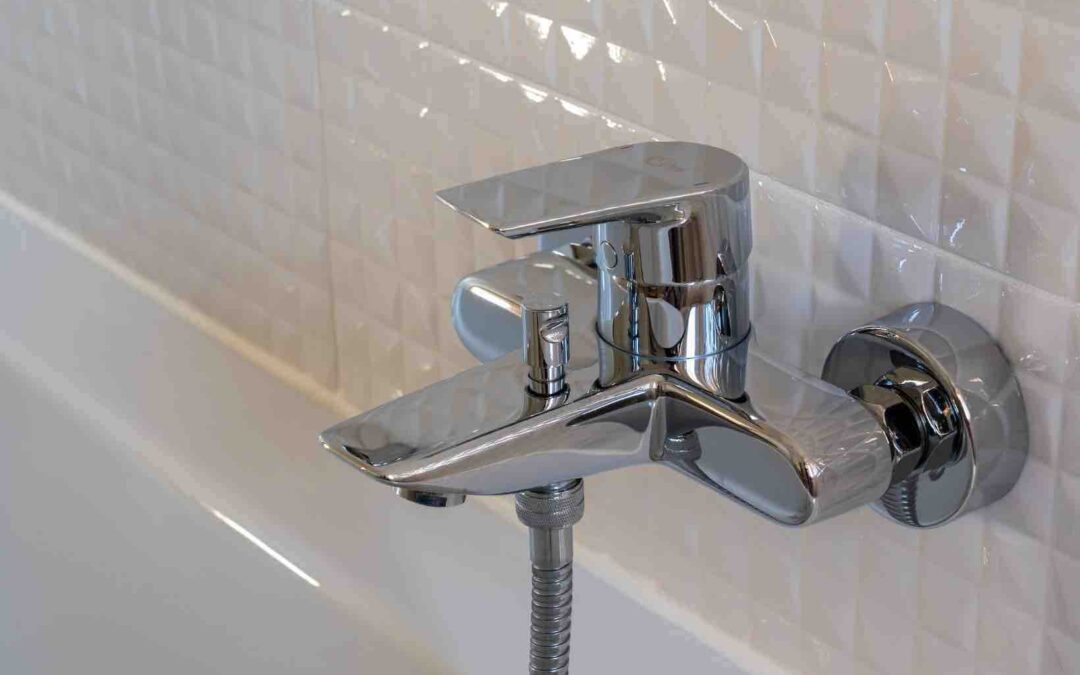These thoughts could be distracting you away from the more urgent concerns.
- How can I decrease my water use and be more eco-friendly
- How can I save money in the future?
- I need a new water heater. Where do I begin?
It can be difficult and overwhelming to deal with these issues on your own. It can be overwhelming if you are dealing with other concerns in your life. Start today to eliminate all three of your concerns.
All three can be affected if you have high flow rates fixtures. How can you find out the flow rates of your fixtures? Although a local Glendale, CA Plumber will be able to determine your flow rates for, you can’t rely on their word.
We created this article with the help of the Monkey Wrench team to make it easier for you to determine your fixtures’ flow rate.
What is Flow Rate and Why Is It Important?
So, what does flow rate mean? Does it impact water usage, cash in your wallet, and water heater sizing.
A flow rate is the amount liquid that flows through an object in a certain time period.
Let’s take a look at some examples.
Example A. Fuel flow rate is the rate at which fuel is pumped into your vehicle.
Example A:Delicious lemonade is poured into a cup made of paper. It has a flow rate.
Example B:Coffee passing through a filter is subject to a flow rate.
Your home’s water flow rate is the amount of water that flows through fixtures when they are turned on. You might be using more water than necessary, so it’s important that you know your flow rates. That’s money down the drain.
When sizing a water heater, flow rates play an important role. You could endanger your water heater if you have too many high flow rate fixtures.
Given all the important factors that flow rate affects, it’s important to determine your fixtures flow rates as soon possible.
Finding flow rates can be easy. You can either:
- Inspect your fixtures
- Test your fixtures
Let’s jump in.For a better flow rate, inspect your fixtures Checking the fixture yourself is the best way to find out if it has a high flow. What are your requirements? A number in form of Gallons per minute (GPM). This number represents your flow rate. There are two methods to check your fixtures for flow rate. You can:
- View the fixture’s manual – This is compatible with add-ons like bidets, body sprayers and new fixtures.
- Locate the fixture and take a look around.Some fixtures are engraved with their GPM.
This way you might find GPM, which could lead to a trend similar in appearance to our table.
In 2016, the United States Environmental Protection Agency updated the maximum flow rates of certain fixtures to Water Sense certification. This update saves water and promotes more sustainable practices.
Shower and sink fixtures for private use are affected. California has the following maximum flow rates:
- Bathroom sinks – 1.2 GPM
- Showerheads – 1.8 GPM
High flow fixtures are those that have a maximum water level of 1.6 gallons per minute or more.
Tub faucet with a flow rate between 15-18 GPM
2. You can test the flow rate of your fixture.
You will need to be more hands-on in order to find out the flow rates of your fixtures. Do not panic. It’s very easy.
- For bathroom sinks, take out either a 1-gallon and a 5-gallon bucket.
- Place the bucket below your fixture.
- Turn the water on.
- Give the water a minute.
What did it yield? Below are some flow rates that we have provided as an example.
- You have a flow rate 1.2 GPM, if your 1-gallon bucket barely fills up after a minute.
- You most likely have a flow rate 1.5 GPM if your 1-gallon bucket is overflowing more than a trickle.
- You probably have a flow rate between 1.8 and 2.2 GPM.
- If your 5-gallon bucket fills up to half its capacity at the minute mark, then you have a flow rate 2.5 GPM.
- You probably have a flow rate 4 GPM if your 5-gallon bucket fills up within a minute.
- A 5-gallon bucket that overflows within a minute will indicate a flow rate 6-8 GPM.
Now that you have collected your flow rates, let us see how we can use it.
What can I do about my flow rates?
You now have flow rates. Now what? If you are looking to save water and money, then you should consider switching to fixtures that have a lower flow rate. Also, you can reduce the time it takes to run your tap.
To size a water heater, record your flow rates for use in a plumber appointment. This will allow the local Glendale, CA Plumber to quickly and efficiently determine your water needs.

